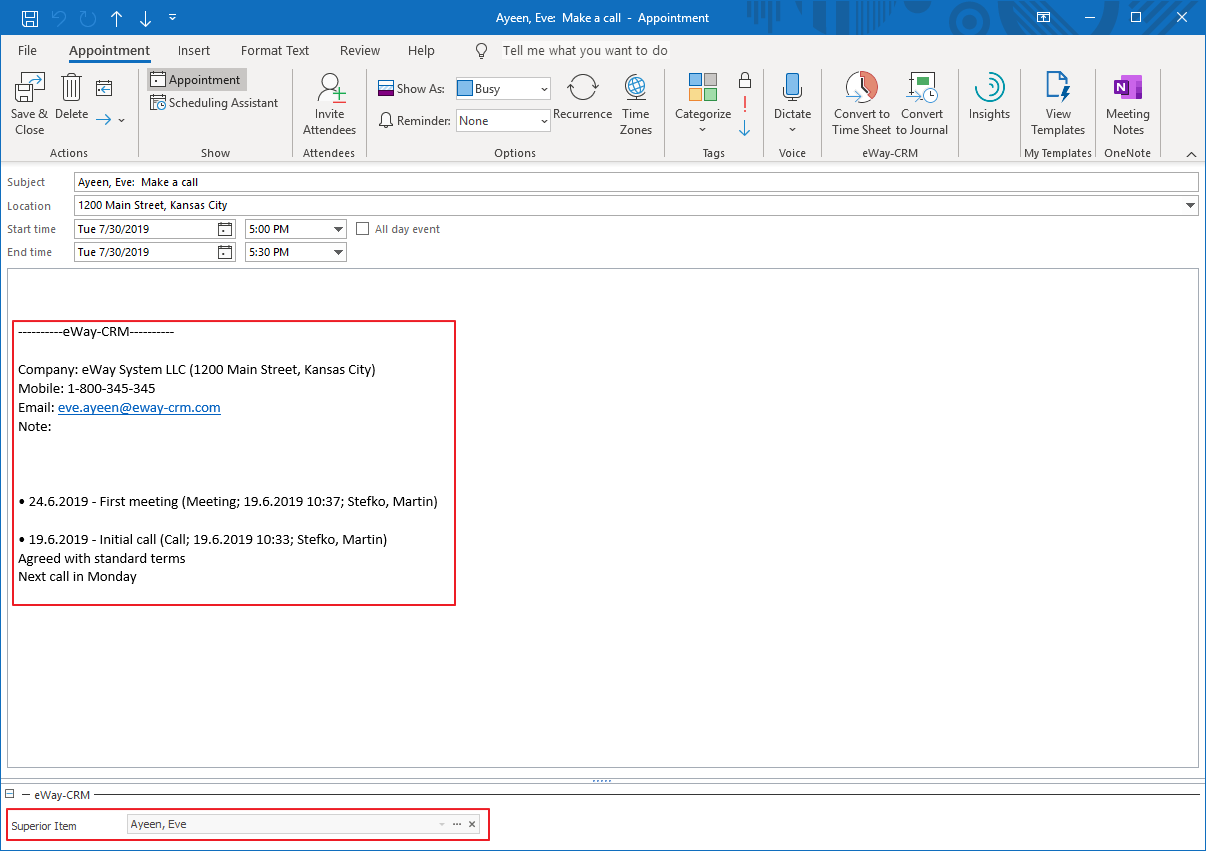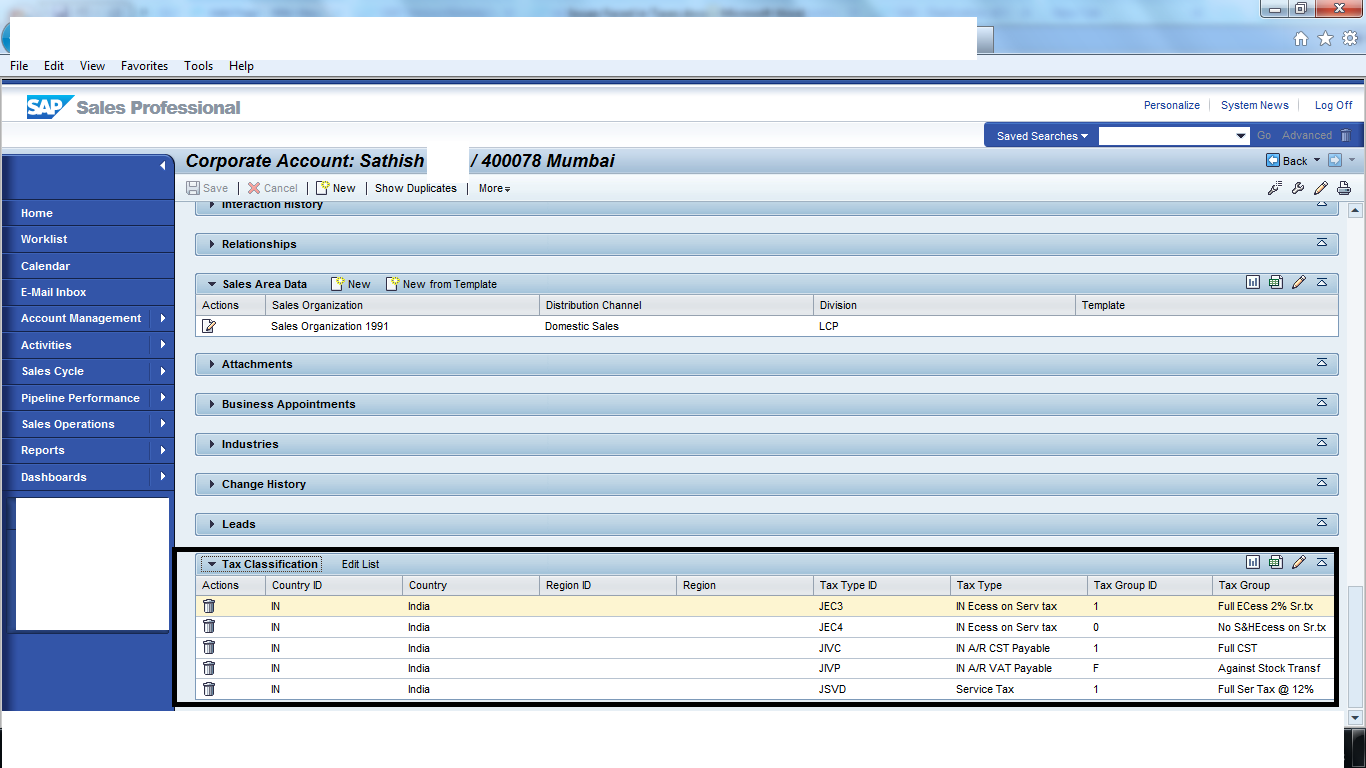

To propose a system fully compatible both with digital born data (digital 3D survey) and with archaeological legacy data (documentation of old excavation campaigns) reducing human digitalisation errors during the ingestion.ĮM is not intended to replace already existing CIDOC-CRM based data collection tools.Metadata can be ingested directly during the field activities by archaeologists as well as by the modellers before and during the 3D content creation. The EM is smoothly recognised and adopted by archaeologists being just an extension of what they already do in their everyday activity. To offer the easiest possible experience to “data creators” (specialists on antiquity) proposing a really usable metadata creation tool (based on just 10 nodes).To make as closer as possible the virtual reconstruction record to the archaeological one as it is collected and interpreted on the field by the archaeologists (stratigraphy is extremely accurate when it comes to geometrical segmentation).The Extended Matrix, since the version 1.1, has a 3D model’s degree of reliability color chart that expresses four main levels: existing in situ elements (red, rectangle), structural USV/s (blue, parallelogram – restoration of existing elements), non structural USV/n (green, exagon node – hypohesis of reconstruction which are not based on in situ elements), anastylosis (yellow, octagon node – reconstructions based on tangible elements which are no more in situ). It provides a solid framework to store the stratigraphic data and the reconstruction hypothesis ( which sources have been chosen and how they have been used in the virtual reconstruction). In what scenarios it can be used the EM ?ĮM helps archaeologists to collect and manage the archaeological record both during the excavation of a site and during a 4D survey of a monument. Demetrescu, D.Ferdani (2021), From Field Archaeology to Virtual Reconstruction: A Five Steps Method Using the Extended Matrix. Fanini (2017), A White-Box Framework to Oversee Archaeological Virtual Reconstructions in Space and Time: Methods and Tools. Journal of Archaeological Science: Reports 14: 500–514, 2017. Theory and practice. Journal of Archaeological Science 57, pp. Demetrescu, Archaeological stratigraphy as a formal language for virtual reconstruction. Schematics of the EM are available in the download section.įull details can be found in E. How to start using EM ? go to LEARNING session ! The primary tools used are the Extended Matrix (EM) and the Virtual Stratigraphic Unit (or USV). A subset of the “classic” archaeological record-keeping concepts and tools such as the Stratigraphic Unit (or Context), the Activity, and the Matrix of Harris have been “extended” to include and define both re-constructive elements (like “lost” columns, friezes, capitals, etc.) and the sources on which they are based as well. The EM is based on the stratigraphic reading approach and aims to create a common framework connecting archaeological documentation and virtual reconstruction in the earliest stages of the excavation of a site or a 4D survey of a monument. The goal of EM is to accomplish this task. The lack of a shared language with which the heritage experts could store and communicate the steps in the reconstruction process is, likely, one of the reasons for this situation. Virtual reconstructions in archaeology are, at times, considered “artistic” or “aesthetic” endeavors, as the complete list of sources used is not necessarily provided as a reference along with the 3D representation. EM is at its 1.2 version (a 1.3 version is currently under development). Demetrescu at CNR-ISPC (Rome, former CNR-ITABC). It organises 3D archaeological record so that the 3D modelling steps are smoother, transparent and scientifically complete.


The EM allows to record the sources used and the processes of analysis and synthesis that have led from scientific evidence to virtual reconstruction. It is intended to be used by archaeologists and heritage specialists to document in a robust way their scientific activities. The Extended Matrix is a formal language with which to keep track of virtual reconstruction processes.


 0 kommentar(er)
0 kommentar(er)
